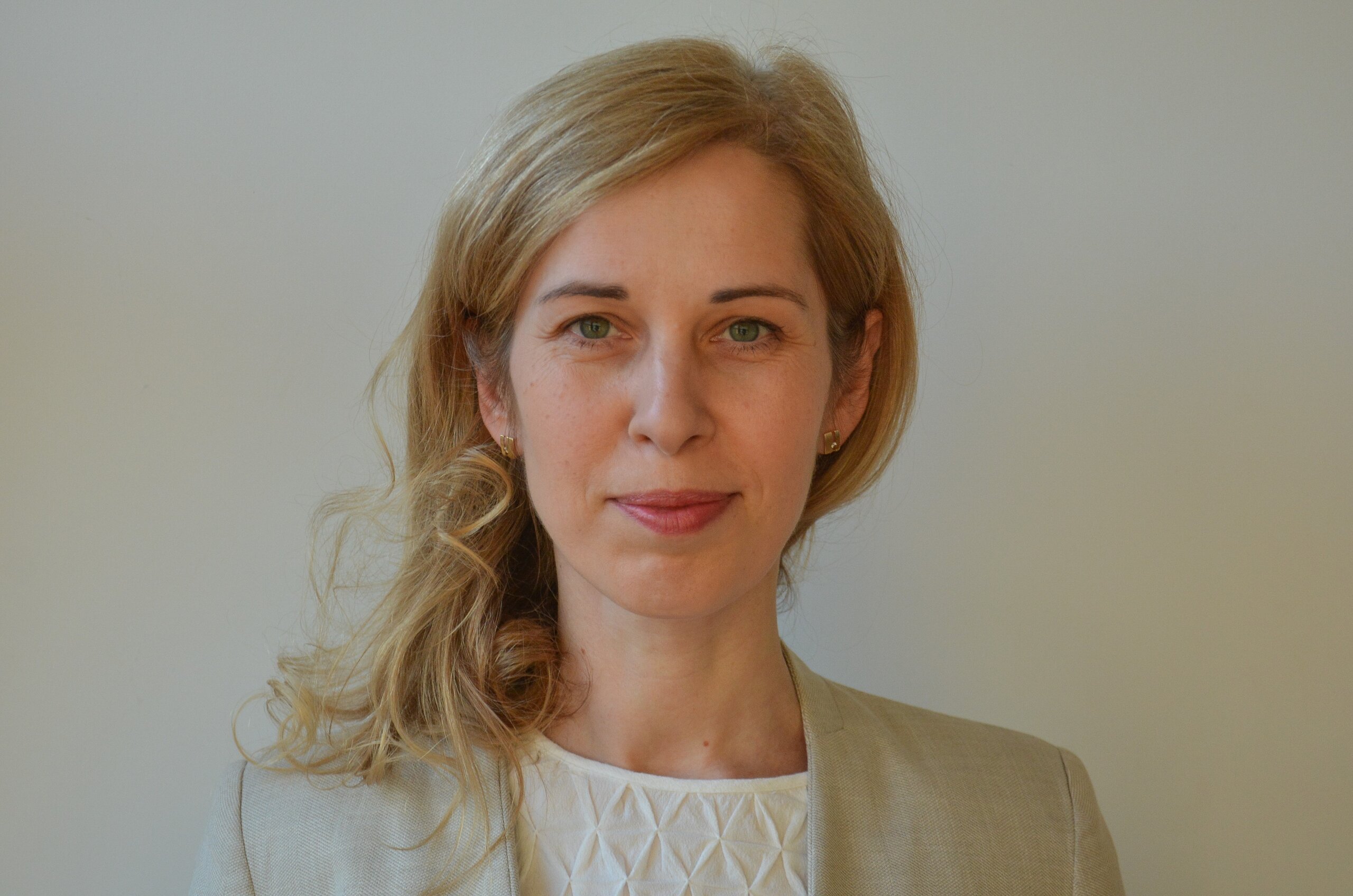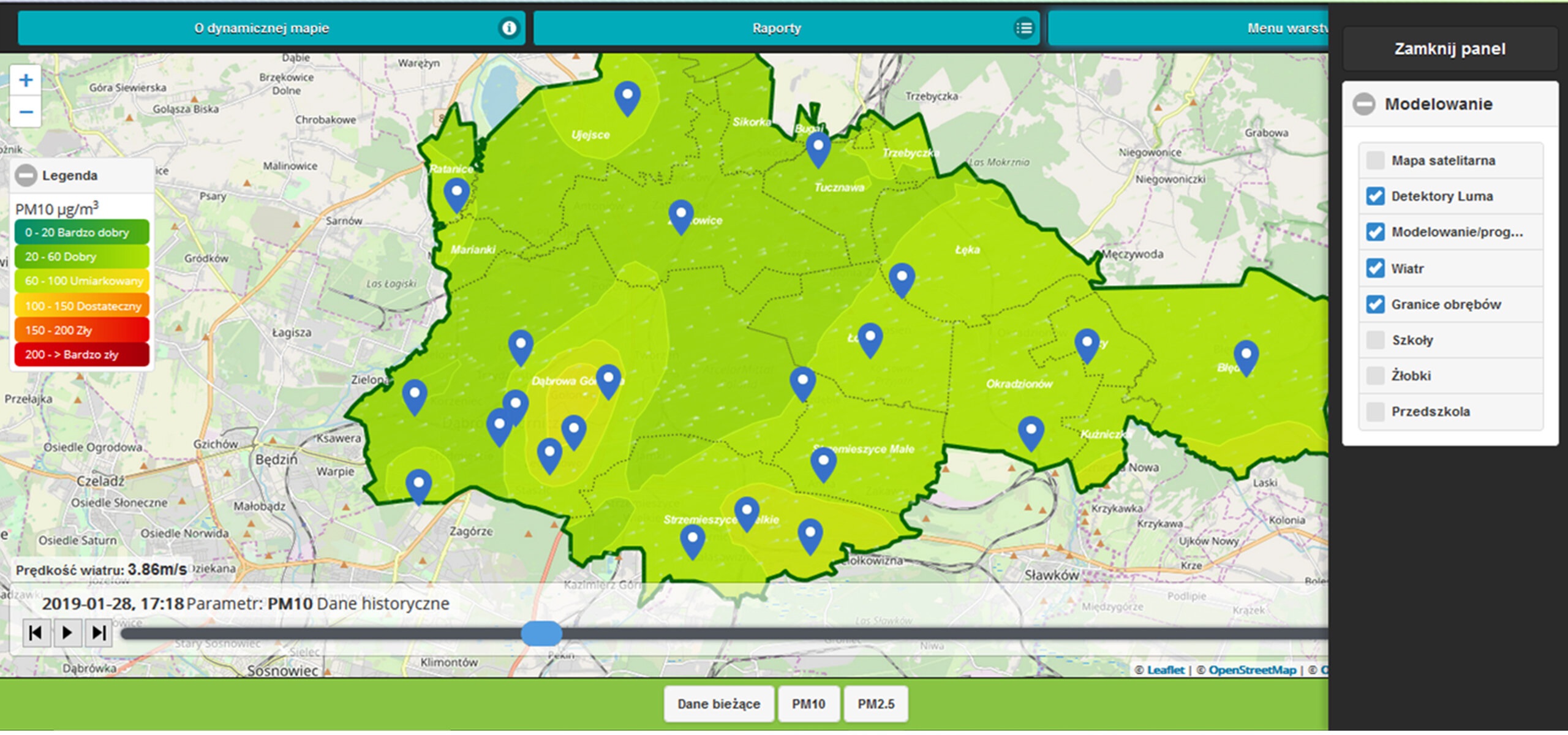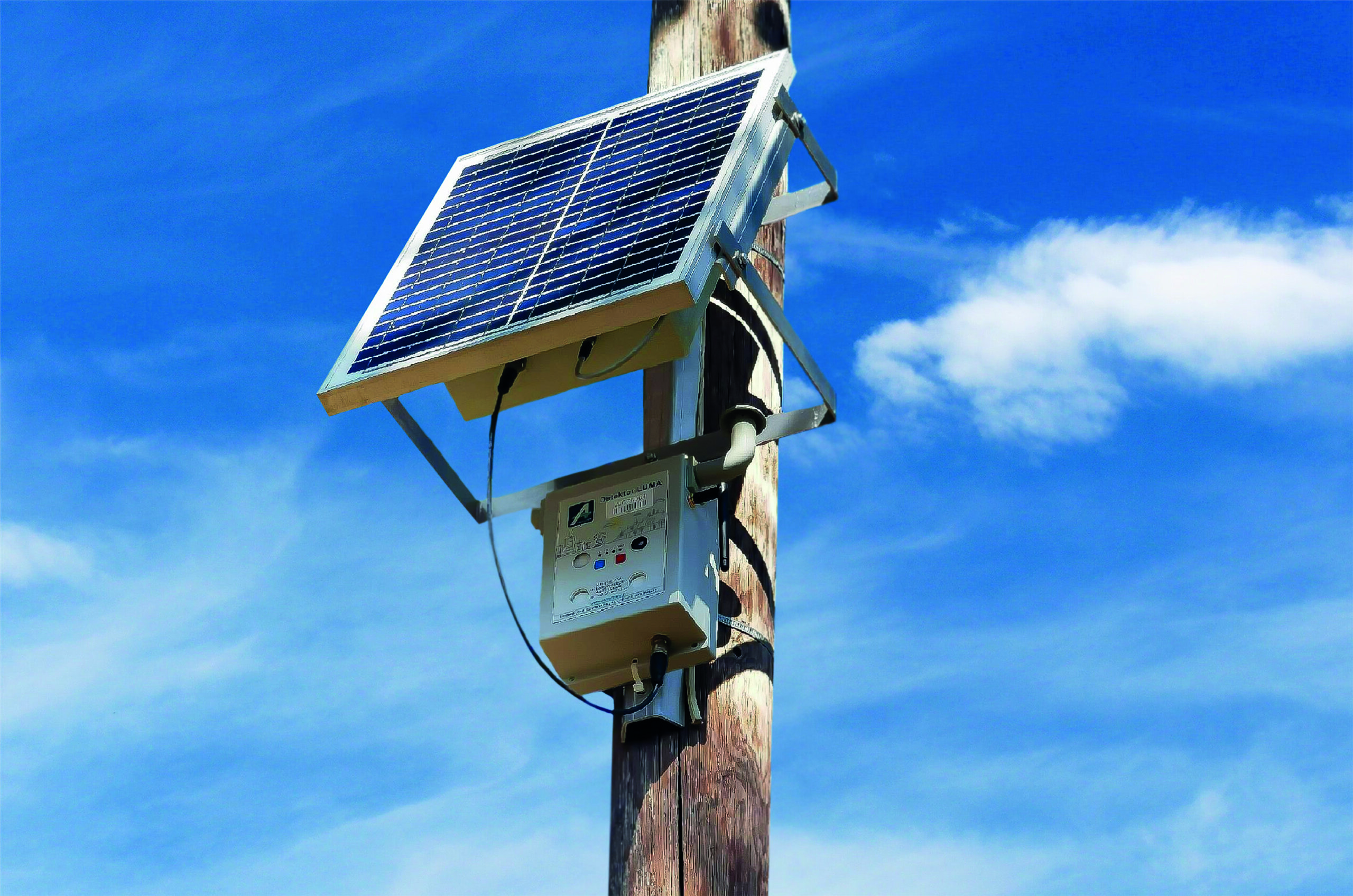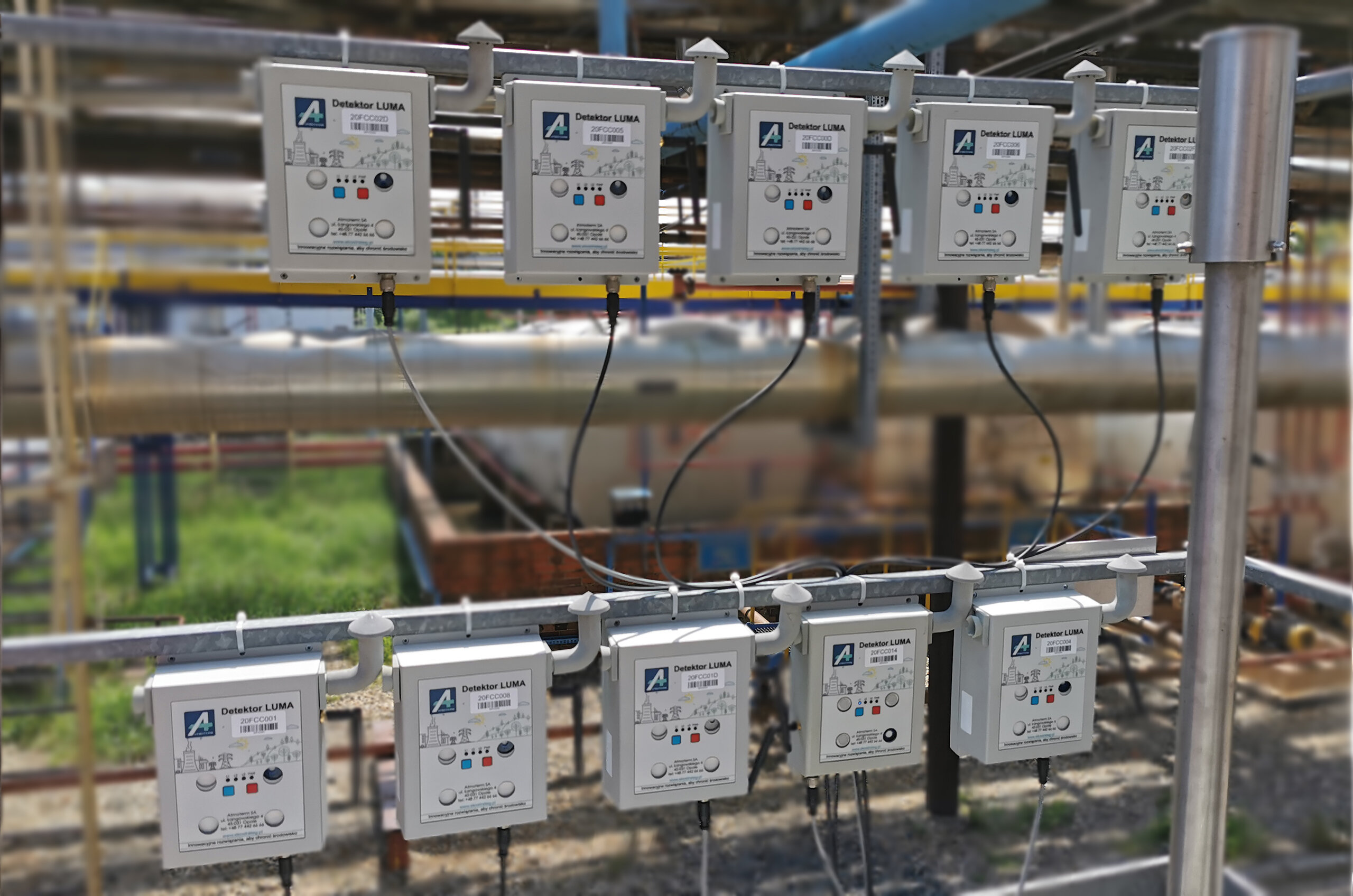Intelligent Sensor Networks for Air Protection (ISSOP)
In order for the corrective measures taken by local authorities to improve air quality to be effective and correspond to the actual needs, it is necessary to precisely determine the source of the problem as well as to monitor the effects of the measures taken (both immediate and long-term ones). These tasks can be fulfilled by the innovative ISSOP system

 Project title
Project title
Intelligent Sensor Networks for Air Protection (ISSOP)
 Name of Beneficiary/Beneficiaries
Name of Beneficiary/Beneficiaries
ATMOTERM S.A.
 Name of programme
Name of programme
Operational Programme – Smart Development
 Competition
Competition
Fast Track
 Project value
Project value
PLN 2 133 435.46
 Funding value
Funding value
PLN 1 434 919.77
 Project delivery period
Project delivery period
01 October 2016. - 30 October 2020.
Meet our team


View the results of our work
ISSOP system to support urban-scale air quality management.



What problem is addressed by the project?
Poland is one of the countries with the highest levels of air pollution in the EU, which has a measurable impact on health. Air pollution contributes to over 40 000 premature deaths a year in our country.
In order for the corrective measures taken by local authorities to improve air quality to be effective and correspond to the actual needs, it is necessary to precisely determine the source of the problem as well as to monitor the effects of the measures taken (both immediate and long-term ones). These tasks can be fulfilled by the innovative ISSOP system.
The ISSOP system is an intelligent air quality monitoring system based on a network of autonomous (powered by renewable energy sources), low-cost sensors. The heart of the system is the Dynamic Map of Air Quality (DMJP). It is created on the basis of air quality modelling results, validated by the results of the National Environmental Monitoring and calibrated by sensor indications.
The advantage of the presented solution, in comparison with the systems based only on a network of sensors, is:
- greater reliability of the results obtained,
- lower operating costs,
- greater system reliability,
- the possibility to determine concentrations at any point of the analysed area (not only at the sensor location points),
- the determination of the contribution from different emission source categories to the concentrations (at any point or for a given district), which is particularly important for planning effective corrective actions.
The ISSOP system makes it possible to monitor the following substances:
- dusty substances : dust PM2.5, PM10,
- gas substances: nitrogen dioxide (NO2), sulphur dioxide (SO2), carbon monoxide (CO), volatile organic - compounds (VOC) and ozone (O3).
It also allows for the determination of an aggregate air quality index.
Data on current pollution concentrations and air pollution forecasts for the next 48 hours can be presented on the website and/or in the mobile application. The data is complemented by dedicated reports. The flexibility of the ISSOP system means that it can be successfully implemented in domestic and international conditions.
Who uses the project results?
The ISSOP system is dedicated to self-governments of communes, districts and provinces, which wish to consciously shape their policy in the field of air protection, monitor the effects of the corrective actions performed and at the same time inform, in an accessible way, their inhabitants, as well as selected institutions (e.g. educational institutions), about the air quality in their nearest vicinity.
What was the greatest challenge during project implementation?
The biggest challenge in the project was to design and construct from scratch the sensors measuring 6 different substances simultaneously, while ensuring an acceptable level of uncertainty in indications obtained from individual sensors as well as the development of a system for collecting and processing large amounts of BIG DATA from a network of sensors, so that in the final phase it would be possible to integrate them with the results of mathematical modelling, with the assumed time and cost regime of the entire process.
Our advice for other applicants
The implementation of projects co-financed from the EU funds, apart from the substantive aspect (the need to achieve the objectives set in a given research period), also requires detailed settlement documentation and ongoing communication with the Intermediary Authority. Taking into account the importance of this parameter for the successful settlement of the project, it is recommended to delegate permanent staff in the organisation to carry out the above mentioned work or to entrust it to qualified external employees.